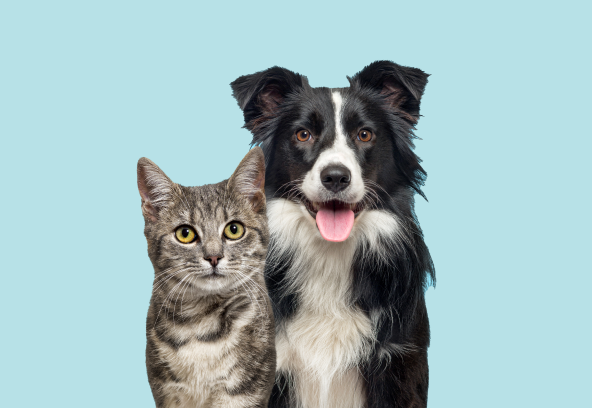
How And When to Successfully Change Your Cat’s Food

A fussy kitty isn’t the only reason you may have to change their food. Find out when and how to successfully change your cat’s food in our latest blog post.
We’ve all heard of the fussy cat. The one that turns its nose up at even the fanciest of feasts and has you changing the food you buy it at every turn. But, changing your cat’s food at its every whim isn’t the only reason cat owners should consider changing the diet of their furry friend. Here’s when, and how best, to do it.
When to change your cat’s food
The main ‘when’ reasons for changing your cat’s food relate to their age and health. For example, expect to change your cat’s food when they transition from being a kitten to an adult cat, and then again when they are over the age of about 7 and start being considered ‘senior’. Each of these life stages has different nutritional requirements, and modern food is specially formulated for them.
There are also health reasons you may have to change your cat’s food, including if they’re overweight or have sensitive skin, both of which can be helped with specially formulated foods.
How to change your cat’s food
No matter the reason you’re changing the food you’re feeding your cat, it’s best to do this gradually. Not only will this help your cat become used to the new taste and texture of the food, it also helps prevent any side effects like an upset stomach.
While the total length of time for the transition will differ from cat to cat, here’s a guideline offered by Purina, though there are other opinions you can explore. If in doubt, ask your vet, as they will be familiar with your cat.
- Days 1-2: Introduce the new food with your cat’s normal food. A good mix is about ¾ of the current food mixed with ¼ of the new food.
- Days 3-4. Up this mix to half current food with half of the new food.
- From days 5-7: The new food should make up most of your cat’s meals with about ¾ of the meal being new food, and ¼ of the old food.
- From 8-10 - Feed your cat only the new food.
Keep an eye on your cat while you transition their food, to make sure they’re eating it and not experiencing any negative side effects. If your cat is very sensitive to changes in diet, you can slow down the transition and add in more of the new food as they get used to its flavour and texture. And, if you have any concerns about your cat’s health and the food you’re giving them it’s a good idea to talk to your vet. They’ll be able to suggest different food choices, or food swapping tricks to help with the transition.

